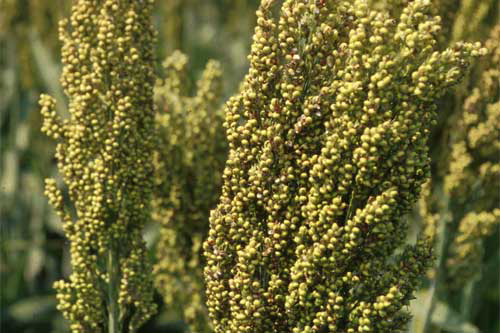US: North Carolina grain gets a helping hand

Feed makes up about 70% of the cost of feeding livestock, and historically the bulk of this feed has been corn, and now with plenty of hungry livestock mouths to feed farmer from the area have been given a helping hand from neighbouring tri-state areas.
With corn prices up to US$8 (€10) per bushel and transportation costs going up to record levels, large livestock integrators are left to contemplate the reality of continuing in the livestock business.
North Carolina is second in the nation in swine production and it is consistently among the top three poultry producing states in the country. Add to the equation a long-standing beef cattle industry and a growing aquaculture industry, both with demand for grain for feed, and there is a major shortfall in what is available in the state and region.
The states’ booming poultry industry is feeling the effect of the high value and shortage of US grown corn after pig farmers first felt the pinch of high corn prices. As the 2011 corn is depleted and last year’s corn, at this year’s prices begin to become reality, the high cost of feeding livestock is almost certain to continue.
Henry Moore, who has 5,000 sows on his farm in Sampson County, N.C., says, “We’ve known for a long time that something like this was coming.” Moore, who sits on the boards of the North Carolina Pork Council and the National Pork Board, says he has watched closely as ethanol production has taken more of the nation’s corn crop, while stockpiles of corn have been allowed to dwindle, both reckless policies he contends.
“We knew if we had one really bad drought and we knew we would have one eventually we’d be in trouble. We’ve been living on borrowed time,” he says. The ‘grain basin’ for North Carolina’s livestock industry, including North Carolina, upper South Carolina and southeast Virginia continues to ramp up their respective production efforts.
How much the grain industry can do, and at what cost to the livestock industry remains to be seen. Previously farmers produce what’s profitable and right now grain crops are the hot ticket. For the livestock industry in the region, feeding more local grain may be tantamount to continuing to do business in the Upper Southeast.
In North Carolina, grain sorghum producers alone harvested an extra 60,000 acres (70,000 vs 10,000 in 2011) and produced more than four million bushels of potential livestock feed that wasn’t available in 2011. This year, grain sorghum acreage is expected to top 100,000 acres.
Ongoing drought problems in the Southwest hurt sorghum seed in terms of both availability and quality last year, and it will likely be a problem this year as more and more growers in the Upper Southeast plant the crop.
Corn has the top spot for the North Carolina livestock industry, but high prices for corn and even higher prices for transporting it from the Midwest to the state are making it economically difficult to compete for corn for livestock feed.
Grain sorghum helped provide extra grain last year, but so did the state’s corn growers. Last year the average yield of corn was up to 124 bushels per acre, helping push upward the 10-year average, which has hovered between 100-110 bushels per acre for most of the last decade.
Soybeans have been star crops in North Carolina for the past several years, taking up more than a million acres annually. The downside of soybean production across the Southeast has been yield drag, when compared to more productive states in the Midwest.
North Carolina has a growing soybean export market, so how much of the 2013 production will stay in-state and be used for livestock feed is uncertain. More then half of the soybeans processed for livestock feed in North Carolina is fed to poultry, about a quarter is fed to swine, and the rest is used for beef cattle, dairy cattle and pet food.
 Beheer
Beheer





 WP Admin
WP Admin  Bewerk bericht
Bewerk bericht